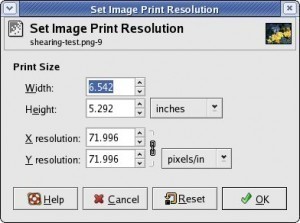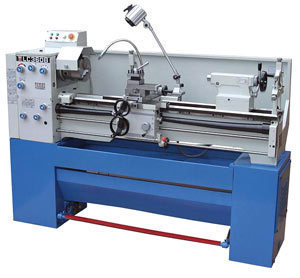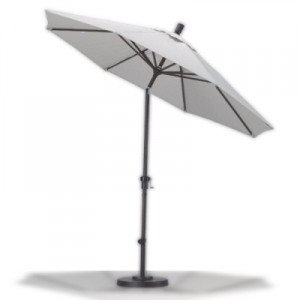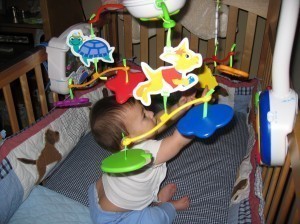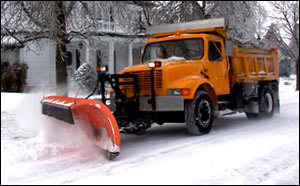Size of Baby Scale
One of the things that parents worry most about is whether or not their babies are growing-up at the normal rate.
While pediatricians will be the first to tell you that each baby’s growth rate is individualized, meaning they grow up at different rates and at their own pacing, this does nothing to appease the worrywart parent.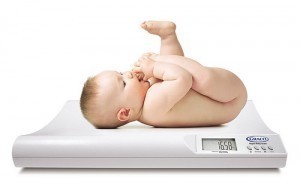
One way to keep track of your baby’s growth development is by regularly weighing the baby through a baby scale to check if the weight gain is steady.
Even if the weight gain is only by a few ounces per week, this shows that the baby is taking in nutrition from his milk; among other things.
Size of Baby Scale
The size of baby scale is basically broken down into two categories: the overall dimensions of the scale itself and the dimensions of the tray.
Both of these dimensions however will give you an idea of how much weight it can support which in turn will tell you for how long you can use it, or up to what maximum weight of the baby it can hold.
You should know that the size of baby scale largely depends on the brand and manufacturer of the scale.
Some of these baby scales have dimensions of thirteen inches in length by nine and three-fourths inches in width by seven and one-fourth inches in height. The tray for this one is around 20.5 inches in length by 10.75 inches in width.
There is also a size of baby scale that measures approximately nineteen and three-eighths inches long by twelve and one-fourth inches wide by five and one-half inches high.
Usually, tray dimensions for this size of baby scale are approximately nineteen and one-fourth inches long by twelve and three-fourths inches wide.
Sometimes, the baby scale does not come with a tray but instead has a specific space incorporated within the scale where you can place the baby. This is like your regular flat weighing scale but with a special section where you can lay the baby down for weighing.
This type of baby scale usually measures about twenty-five inches in length by sixteen and one-fourth inches in width by three and three-fourths inches in height.
Choosing Your Baby Scale
After you have determined which size of baby scale you want to get, the next thing to consider is each feature included in the scale. There are digital scales that run on batteries and these give weights in pounds, ounces and kilograms.
There are also baby scales that a built-in memory feature which allows you to instantly compare the past weight to the current weight of the baby. This can readily tell you how much weight the baby has gained since your last weigh-in.
This type is actually the most preferred by parents since it conveniently stores previous weights of your baby making it so much easier to keep track of his growth progress.
